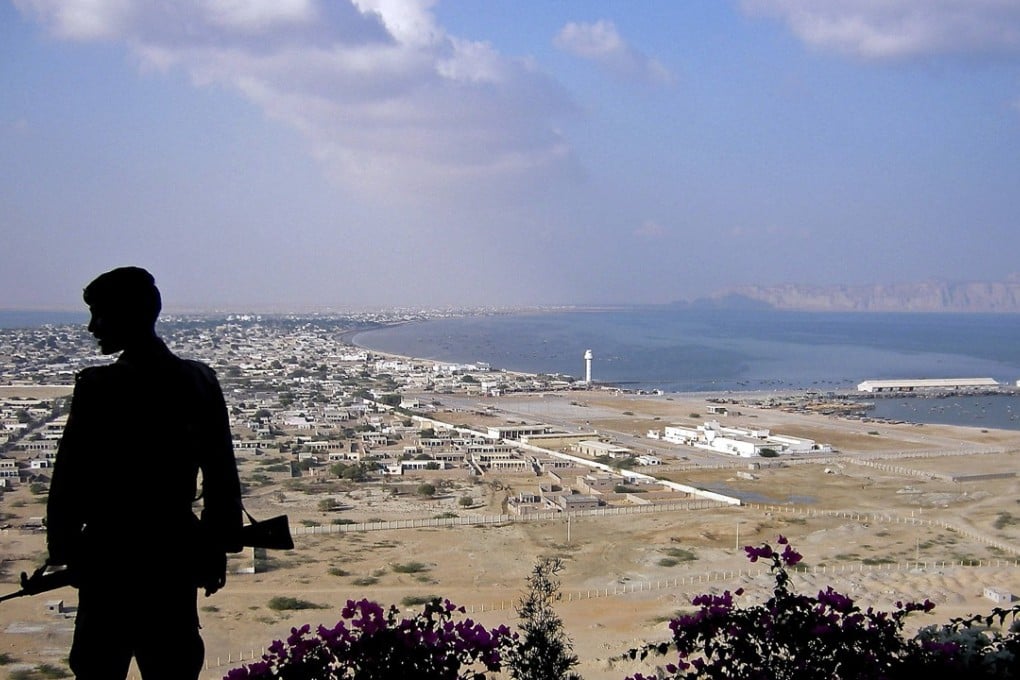Comment: China’s belt and road strategy already proving a boon for South Asia
Plagued by territorial conflicts, poor governance and limping economies, the region has drawn inspiration from China’s plan and unleashed an effort to join a shared destiny, Yasir Habib Khan says

Since this epic plan was announced, South Asia – weighed down by a reputation for regional conflicts, security threats, bad governance, impaired transparency, an energy crisis, poor infrastructure, fragile institutions and limping economies - has unleashed its effort to be part of a shared destiny.
It is because of the tremendous vision inherent in shaping this new Silk Road that the South Asian Association for Regional Cooperation (SAARC), a critical regional alliance in South Asia accounting for 21 per cent of the world’s population and 7 per cent of its economy, will receive a new lease of life after staying dysfunctional due to a long decade of differences among member countries, especially
Pakistan and India. To help SAARC benefit from regional connectivity, China has already stepped up its endeavour to become a full member of the association.

In the view of MP Lohani, former Nepalese ambassador to Bangladesh, China’s ambitious plan for regional connectivity will revitalise SAARC. So China’s induction into the regional body on the basis of its geographical, historical, cultural and economic features will be a breath of fresh air.